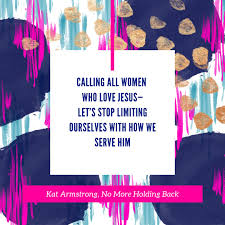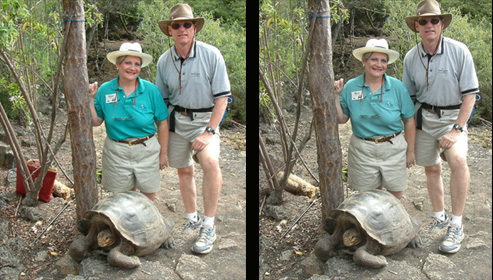Liturgy and the Lord’s Supper: A Virgin Experience of Intimacy
Reverence and expectation fill the sanctuary. I take a seat on a pew and trace the prominent grain of its oak with my forefinger. A candle fidgets nearby, flickering kerosene faintly from its flame. Sunlight prances through a stained-glass window that portrays a shepherd holding one sheep in his arms with another following afoot. “Hold me now,” I whisper. “I am that lamb. Tiny. Broken. Needy.” Woody notes from the pipe organ climax in a crescendo of crashing waves, kissing the shore of my sandy heart and carrying a week’s-worth of offensive images and words away in their undertow. I exhale.
The minister steps forward to lead the congregation in prayer, beginning with the Apostle’s Creed. He then prompts us to bow with prayers of intercession and repentance, so I pull the kneeling bench from underneath the pew in front of me to construct an altar. In this setting I must bow more than my head; I must bow my entire body. Within moments, the strain from kneeling shoots arrows of flame through my hips and lower back. I peek to catch a glimpse of an elderly woman seated comfortably three rows ahead of me and contemplate excusing myself from the physical exertion of this worship. “No,” I rebuke myself. “I want to feel this. I need to ache so I appreciate relief.”
The congregation concludes in unison, repeating “World without end. Amen” and I slide back into the pew. As my frame attempts to conform to its rigidity, I reflect on years of damage I inflicted on my body. I scan the scars of Gnostic theology, the horrible heresy which taught me to consider physical things, including this world and the human body, as evil and to elevate immaterial things and moments of mystical “enlightenment.” The scars show my disgrace of my “bad” body, how I starved, sabotaged, shamed, shoved, second-guessed, and subordinated it to my superior mind. Emancipated tears bolt down my face and, though a few remain incarcerated, they cannot hinder my vision of another minister preparing the censer.
This minister swings the censer across the high altar and the senior minister who stands beside it, as well as the choir in their stall and the congregation in our pews. Smoke slinks out of the golden carrier, drenching the clergymen, the choir, and the holy articles on the altar in incense. As it approaches my pew, I inhale so deeply that the sandalwood and amber become a part of me. My body forces my soul to concede what it struggles to believe: I am made holy, a vessel fit for service to God.
Each element of the service directs my soul and body to Christ so that now my longing for oneness with Him is palpable. The minister begins, “On the night in which He was betrayed…” Another band of tears breaks from their cellblock. I kneel again at my makeshift altar, joining with the congregation in confessing unworthiness to gather crumbs from God’s table, yet my gratitude for an invitation to it. Next the minister calls us to leave our oaken anonymity and dine on bread and wine. I respond, walking forward and kneeling at the altar and placing my weaker left hand over the dominant right as a sign of submission. Rather than taking communion, I humble myself to receive it. I wait with head bowed until the minister approaches, whispering “…Christ’s body, broken for you…” He snaps a wafer in the center of my palm and as I stare at the cross etched on it, I notice all the wrinkles and wear on my hands. My body forces my soul to concede what it struggles to believe: I am aging and life is fleeting.
I raise clasped hands to my lips and use my tongue to latch onto the morsel, drawing it inside myself. This posture of receiving continues with the wine. My hands remain useless; they merely cup the base of the communal chalice as the minister rests it on my bottom lip. “The blood of Jesus Christ shed for you,” he whispers, tipping the vessel upward. As I gaze at the wine, shimmering gold against the silver goblet, it enters my body like a strike of velvet honey. Within seconds it torches my tongue. I trace its twists and turns as it burns a trail to my toes. In fact, twenty minutes later, as I dart along Dallas roadways with my insides still burning, my body forces my soul to concede what it struggles to believe: I am one with Christ; two are one, I in Him and He in me.
I appreciate this weekly hosting of communion. God knows I need to practice repentance, receiving forgiveness, and being intimate with Christ. Weekly communion helps me interweave theology with personal experience so that my soul and body, together, concede that I am united with, one with Christ (1 Cor 6.15, 17). This truth is so mysterious and mind-boggling that Paul leaves it metaphorical as in the “head-body” passages of First Corinthians 12 and Ephesians 5, among others. Rather than providing a pretext for the subordination of women to men, wives to husbands, and deaconesses to elders, Paul intends the metaphor to thrust us into foretastes of oneness now.
Since I have never been married or had sex and do not drink alcohol, God uses liturgy and the Lord’s Supper to allow me to directly experience what I most long for: the burning, intimate oneness with Jesus Christ. I experience this intimacy as I embrace, rather than deny, my humanity. This is the epicenter of incarnational ministry: embracing rather than disgracing the human body.


